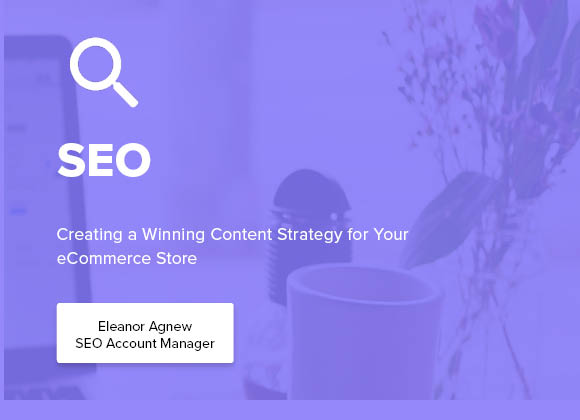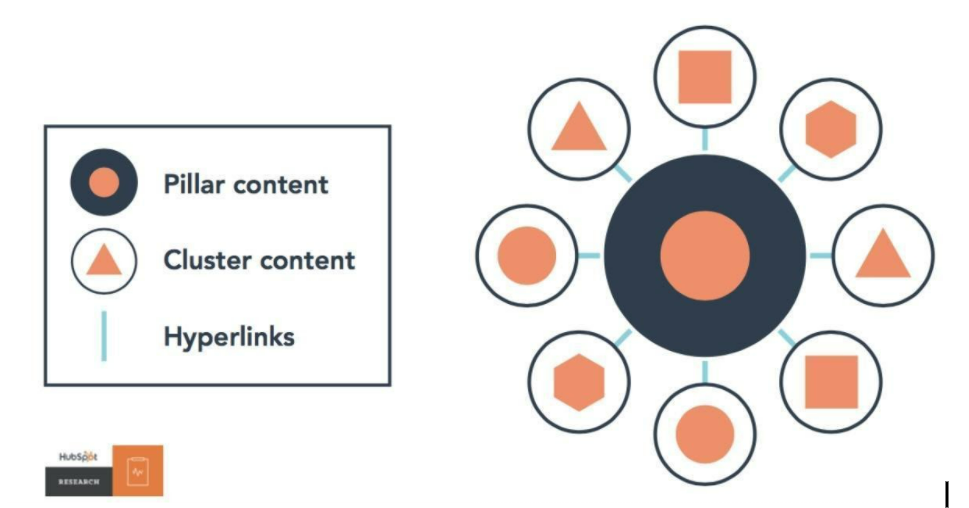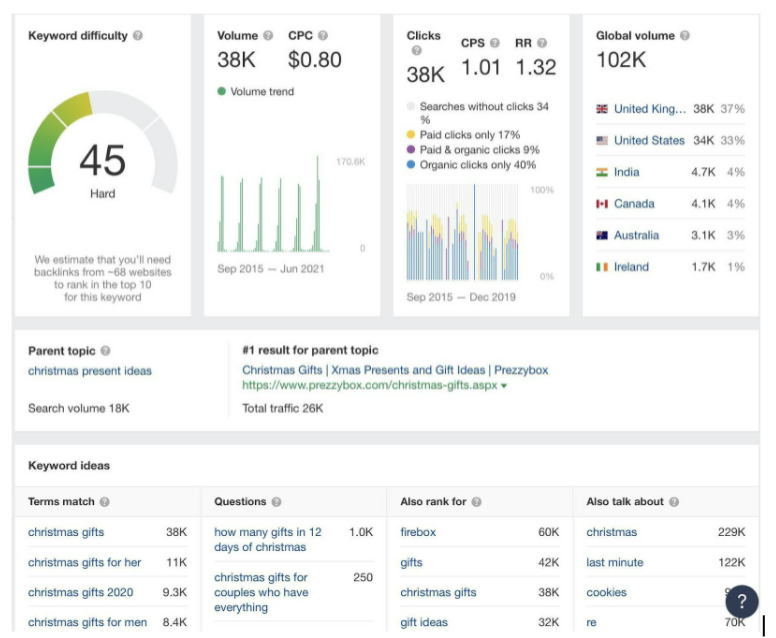Content; we all know it’s important for a website. Product pages, categories, press releases and blog pages – these are all examples of content commonly found on any eCommerce site.
But why is it important? Content plays a crucial role in driving traffic, building authority, increasing customer acquisition and even has the potential to drive conversions, but only when served to the right person at the right time.
It’s easy to get overwhelmed with where to begin, but I want to share with you how you can create a winning content strategy using the Hub & Spoke framework. This framework is our ‘holy grail’ behind building out a successful content strategy.
But before I delve into the nitty-gritty of how to create the framework, I’ll explain why this approach works for today’s content marketing efforts.
Evolution of search behaviour
Content marketing has evolved over the years to match a shift in changing search behaviours. Nowadays, searchers are submitting longer and more conversational search queries, with 64% of searches being four or more words long. The rise in voice search has also meant more questions are being asked, so search engines are having to become smarter with the results they generate, so users can find the answers they are looking for, and fast.
This means that your content needs to be optimised in order to be found for broader search terms. Using keywords that exactly match a person’s search is no longer the most important ranking factor – it is the intent behind that keyword, and whether or not your content solves for this intent.
Topic cluster approach
In order to rank higher in SERPs and answer new types of queries that searchers are submitting, the best solution is to use a topic cluster (Hub & Spoke) framework. It consists of three components:
- Hub page (pillar content), which represents the primary broad topic being searched for;
- Spokes (cluster content), which are generally created around more specific long-tail keywords; and
- Hyperlinks, from the hub to the relevant spoke, and often to each other.
Source: HubSpot
The focus of this approach is finding broad topics that you wish to be ranked for, then creating content based on keywords related to that topic, that then all link together to help address as many searches as possible about a particular topic.
For example:
- Hub – ‘mens trainers’
- Spokes – ‘best mens trainers for running’, ‘what are the most popular men’s trainers 2021’, ‘best gym shoes’, ‘top 10 tips to consider when buying trainers’
This model uses a more deliberate site architecture to organise and link URLs e.g. www.brand.co.uk/content/hub/spoke, to ultimately build brand authority. The benefit of this model is that high performing cluster content can elevate rankings for other pages that are linked to the same Hub page.
A quick outline for developing a Hub & Spoke framework
-
Keyword Research
Keyword research is the starting point for any search marketing campaign and will help you to understand the search demand for your business and learn what your customers are searching for. From this, you can identify content opportunities and any potential gaps. It is important to use keywords that are suitable for stages throughout the marketing funnel, rather than just product type keywords.
In order to identify which keywords are worth targeting, start taking a look at volume opportunities for product-related keywords to understand your customer’s search intent – both specific to your business as well as generalised to the market. You can use tools such as SEM Rush and Ahrefs for granular keyword data, but I would also recommend typing in a few broad-topic keywords into the search engine to understand what is already ranking, as well as to find related suggestions to identify common questions asked.
Source: Ahrefs
It is also important to take into consideration keyword difficulty (KD) as those with a smaller keyword difficulty tend to be easier to rank for (disclaimer: this is subjective to your industry and keyword sets). For example, if a product-related keyword has a search volume of 58k but a KD of 72, but a similar term has a search volume of 39k but KD of 9, it might be worth targeting the one with the least competition, as you can link off to spokes which are optimised for the higher volume keyword.
In essence, the value of this framework is about creating relevant content across a number of keyword sets, linked in a cohesive way, in order to build authority. You also need to focus on writing evergreen content that is informational, as well as identifying opportunities where you can create new content to maintain relevance.
2. Determine Hub and Spokes
Choosing a topic to focus on can be daunting. Which one do I choose? Which one would offer the most value to customers? Which will help drive the most conversions?
Once you have done the groundwork of initial keyword research, you can easily identify broad topics and prioritise keywords based on high search volume, as well as any relevant keywords that your competitors are ranking for which you may not be. These topics are often transactional, likely to target those who are at the conversion stage of the funnel.
Any long-tail keywords and those of a lower search volume may then be appropriate for spoken topic content, which may be more relevant for users at the start of their journey.
From this, you can group the keywords into similar topics and similar intent in order to identify your hub and spoke topics.
You then need to understand your internal linking strategy – how do the hubs link to their relevant spokes and vice versa, as well as to relevant categories? This framework isn’t solely about the content you create, but also the content hierarchy which influences user experience for your website.
3. Create the pages
Hub pages are content heavy and not created for the purpose of the user reading from start to finish. They cover all aspects of one topic on a single page, with the inclusion of in-line links to spokes that address specific keywords related to that topic, as well as call-to-action buttons linking to relevant categories. Hub pages shouldn’t answer questions in-depth, but should provide a broad overview of a topic and leave room for more detailed, subsequent related cluster content.
The design of the hub page should follow the same design of your content or blog pages which it is linking off to, as this shows Google there is a visible connection between the Hub & Spoke pages.
4. Monitor Results
Like with most SEO efforts, seeing results can take time. It’s important to make sure you have your reporting set up prior to the launch of your new content strategy, so you can track keywords that you have used, especially in comparison to current performance. You can not only see the successes, but also any keywords that may not be performing as expected, so you can look to optimise where appropriate.
To sum up
Google cares about your business providing unique, high quality and relevant content to search queries, to ultimately boost your authority.
When creating topical content, it can be difficult to have all the relevant content in one place (and this may also be tedious for the reader!) so this is where a Hub & Spoke model can help. By organising content within topic clusters, instead of having unrelated content dotted around your website, it is a great way to not only to become more relevant across a wider keyword pool but also help increase keyword rankings, traffic and ultimately conversions.
However, bear in mind that with most SEO campaigns, each approach is individual to your business – some strategies may work better for you than they do for others. Although the framework is a great starting point, a holistic approach to your content strategy is required to create synergy across your marketing efforts.
If you’d like to discuss how you can utilise a Hub & Spoke framework for your eCommerce site, then get in touch.



